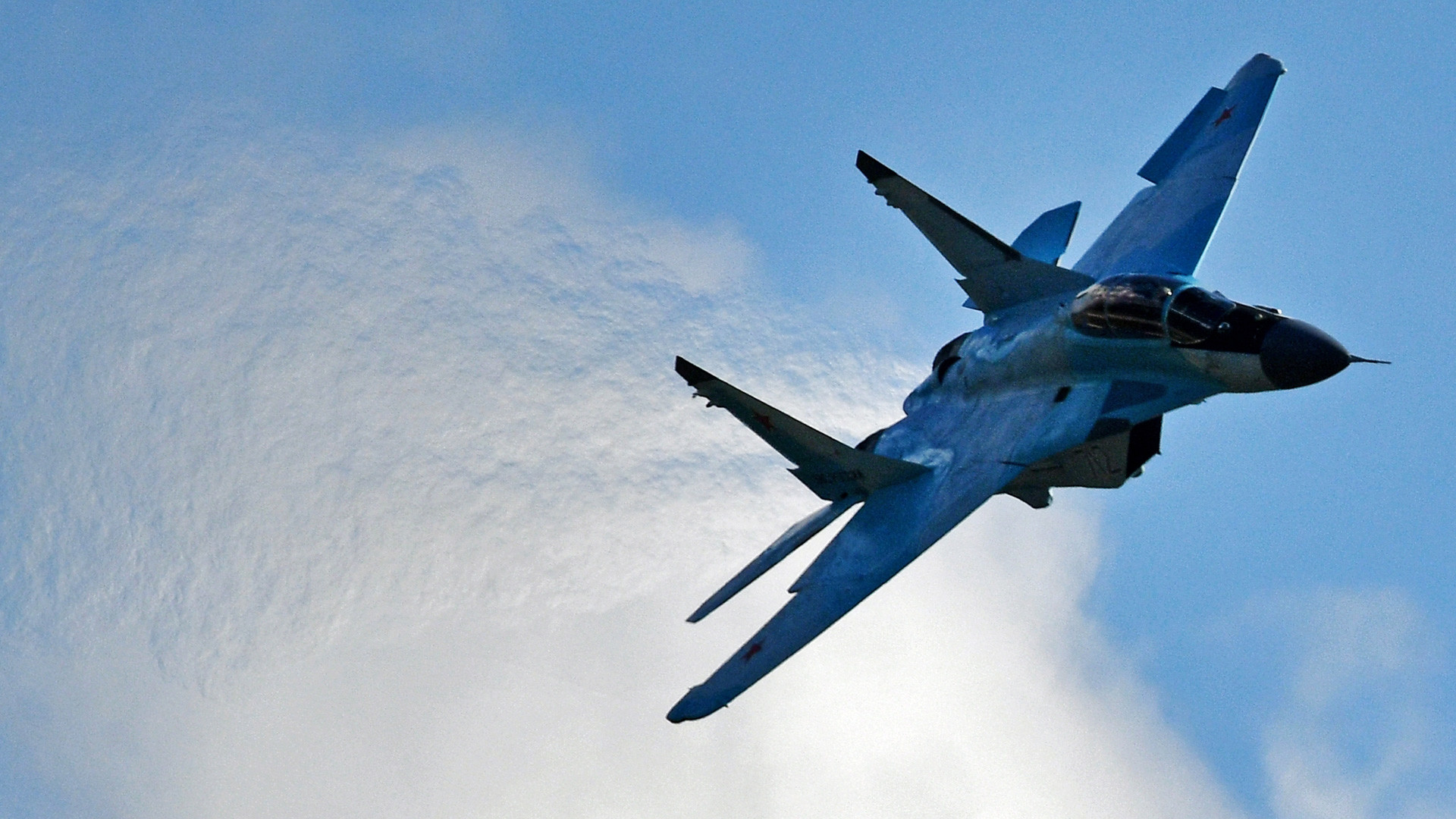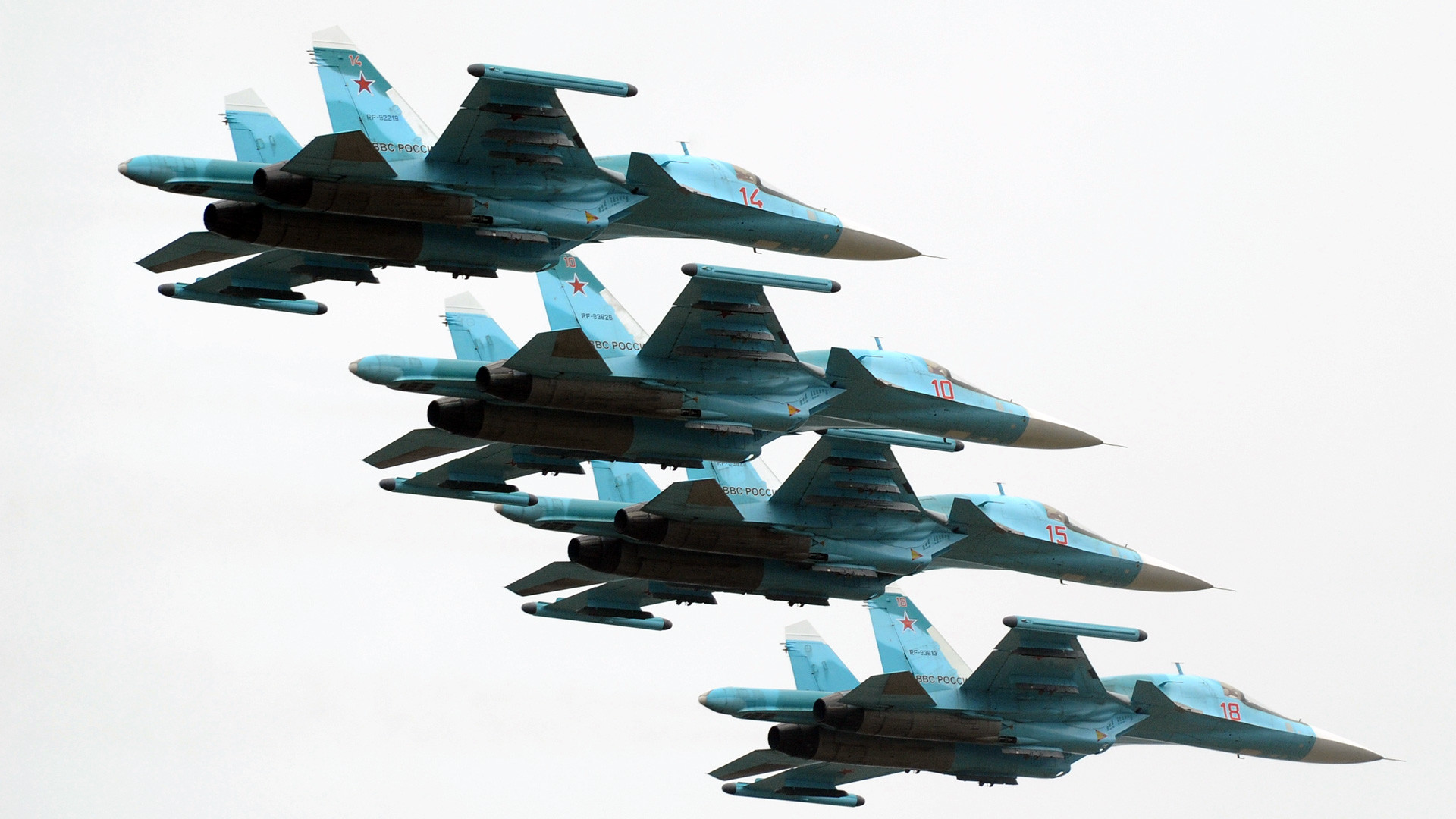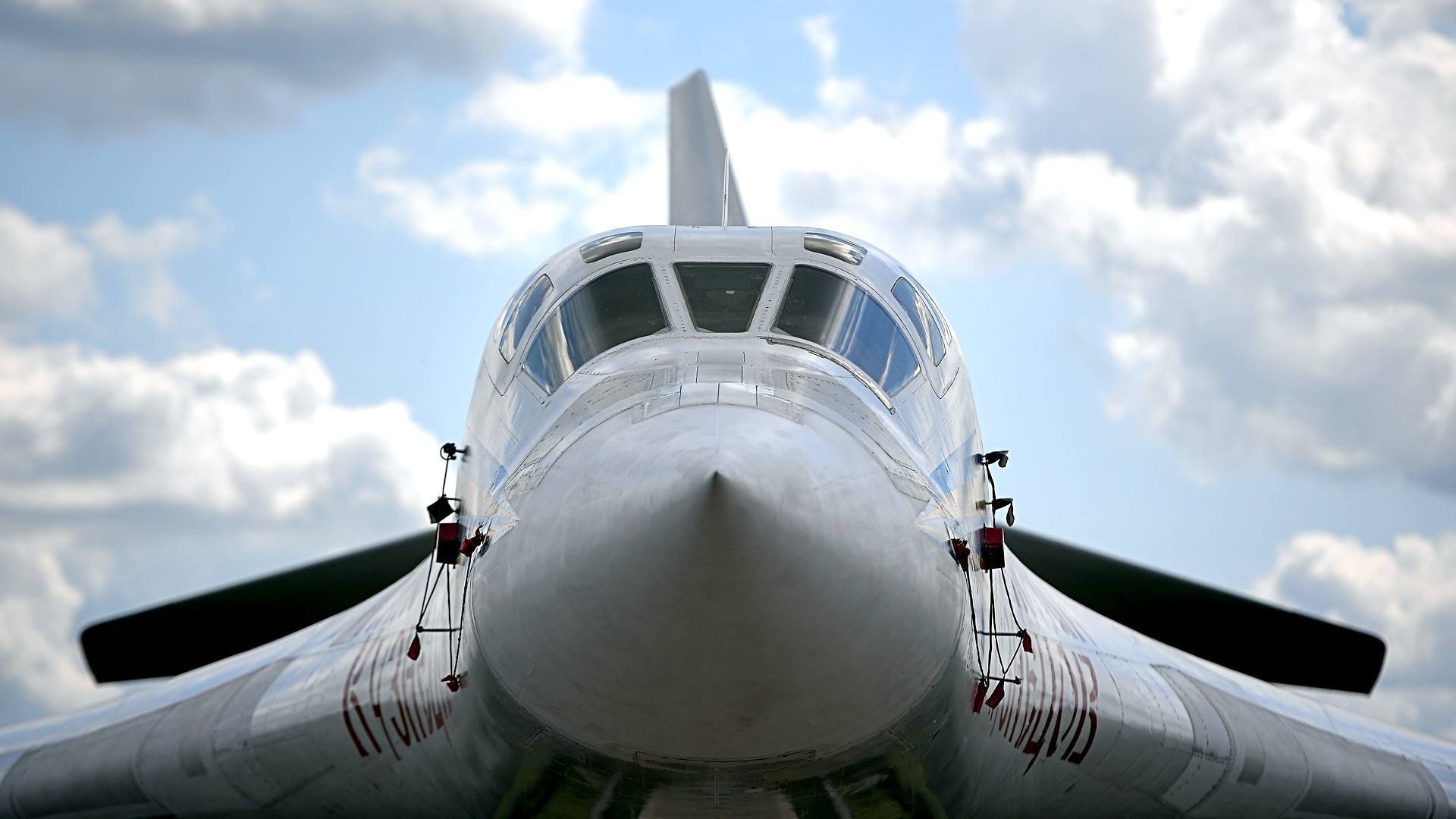Russia’s new modern era fighter jets are ruling the skies: Fulcrum, Swans, and Duckbills
Modern warfare is not only played out on battlefields with tanks and
Russian military aircraft are famous the world over for their maneuverability, weapons, and success in operations. Today, the country’s arms manufacturers are developing new predators that will change the way the military combats militants in war zones.
MiG-35 or Fulcrum-F

Multipurpose fighter MiG-35 performs a demonstration flight at the opening of the International Aviation and Space Salon MAKS-2017 in Zhukovsky.
Maksim Blinov/RIA NovostiThis year a brand new 4++ fighter jet from the MiG corporation was unveiled: The MIG-35. It’s a multi-purpose plane that’s set to replace all MIG-29 series not only in
A modified thrust-vectoring engine has been installed in the jet that allows it to perform high-skill maneuvers in the skies at speeds of up to 2,700 km/h.
Leading test pilot from the MIG corporation Mikhail Belyayev told Russia Beyond that the company also plans to seat pilots from Russia’s “Swifts” aerobatic team in the new planes.
What’s more, the new features also make it invisible to radar and allow the aircraft to use all modern Russian missiles: Air-to-surface and air-to-air.
According to Belyayev, the MIG-35 is currently being put through final tests by the Russian military and in a couple of years will join the ranks of the country’s Air Force.
Su-34, the Russian Duckbill

Su-34 bomber-fighters during the aviation-sports holiday in Rostov-on-Don devoted to the 75th anniversary of the formation of the 4th Air and Air Defence Forces Army.
Sergey Pivovarov/RIA NovostiThe new multirole aircraft joined the Air Force in 2014 and has already been baptized in battles with terrorists in Syria.
Its primary function is to bomb well-defended and even hidden underground enemy forces with precise or gliding air bombs. The jet has a flattened nose cone (it is dubbed “Duckbill” as a result) and can carry up to eight tons of deadly weapons, including cruise missiles.
Moreover, it’s a heavy-bomber with a range of up to 7,000 km. These features make it a fine replacement for the Soviet-era Su-24 bomber and even for the Tu-22M3.
“The Su-34 was a step up in bomber construction. It received the sweeping fuselage of the Su-27 fighter jet, making the bomber’s maneuverability comparable to a jet. It’s a little slower but 2,000 km/h hour is still pretty good anyway,” Dmitry Litovkin, a military analyst of Izvestia newspaper, told Russia Beyond.
Another perk of the Su-34 is that there’s enough space inside the cockpit for members of the crew to stand upright or lie down to relax.
Tu-160M2, the White Swan

Tupolev Tu-160 supersonic heavy strategic bomber at the International Aviation and Space Salon MAKS-2017 in Zhukovsky.
Eugene Odinokov/RIA NovostiThis is a transitional supersonic strategic bomber that’s supposed to replace Soviet-era planes on duty in the Russian Air Force for the next decade, while Russian arms manufacturers create a new PAK DA missile carrier.
The Tu-160M2, which is dubbed “The White Swan” due to its long elegant wings and fuselage, is part of a nuclear triad: A vicious force that’s only used in critical military situations and serves as the nuclear deterrence.
One of the most interesting things about the plane is its ability to hit enemy targets out of reach of air defense missile systems.
It’s also capable of carrying both nuclear and conventional bombs as well as cruise missiles. They include long-range cruise missiles Kh-101 and Kh-555 that were tested in Syria during Russia’s two-year campaign against ISIS terrorists.
Each Tu-160M2 strategic bomber can carry up to 40 tons of armor-piercing, cluster, and naval mines - and other types of guided and gliding weapons.
If using any of Russia Beyond's content, partly or in full, always provide an active hyperlink to the original material.
Subscribe
to our newsletter!
Get the week's best stories straight to your inbox